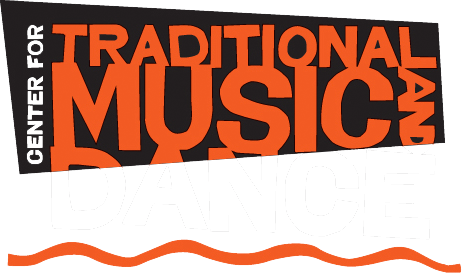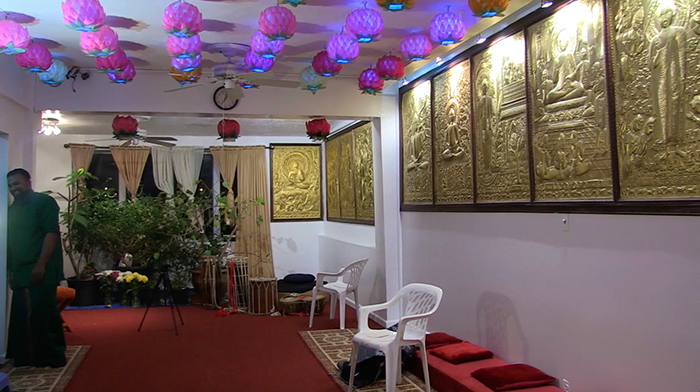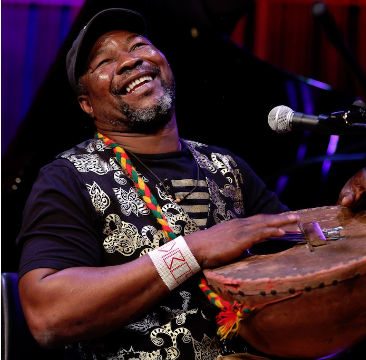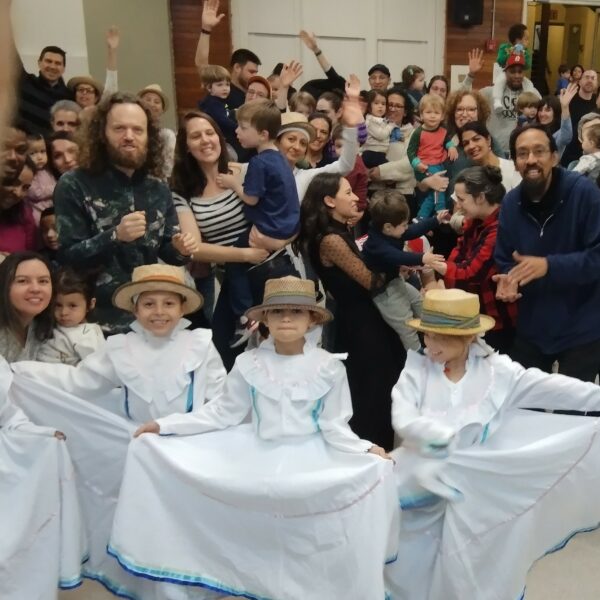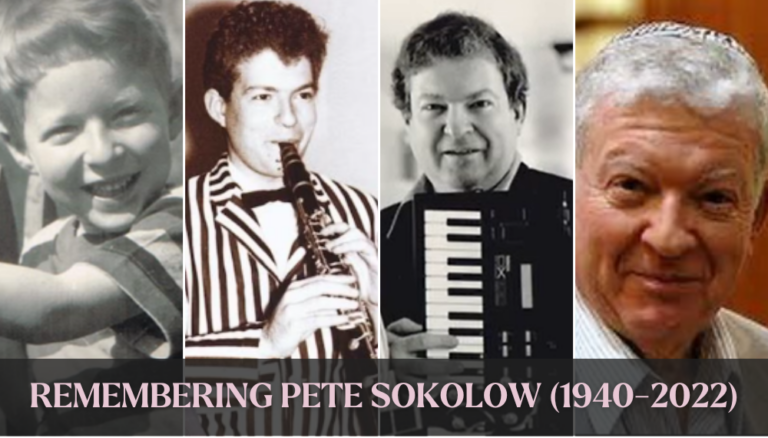Re-printed from Place Matters: A joint project of City Lore and the Municipal Art Society
Sri Lankans began migrating to Staten Island in the early 1960s, but as the result of civil war and financial crisis in the 1990s, Staten Island is now home to nearly 7,000 Sri Lankans, who comprise the United States’ largest Sri Lankan community outside of Sri Lanka. Located in the Port Richmond neighborhood, the American Sri Lanka Buddhist Association, also known as the Staten Island Buddhist Vihara, is a temple that organizes events in the local Sri Lankan community.
Founded in 1981, the New York Buddhist Vihara in Queens long served the relgious and spiritual needs of Sri Lankan and other Buddhists. But for Sri Lankan Buddhists living on Staten Island, a trip to the Queens temple could take as long as three hours, one way. On account of keen local interest, enormous effort, and the kind generosity of a large number of Buddhists, it was possible to inaugurate a Buddhist Vihara in Staten Island on July 11, 1999. Today, nearly 300 Buddhists families visit the temple on a regular basis.They are hopeful that many who were unable to travel to Queens regularly to participate in religious events and activities will be able to visit the Staten Island Buddhist Vihara more frequently. The Vihara offers weekly meditation classes and a children’s school in language and spirituality. It hosts a library, meeting rooms, an altar, outdoor/indoor presentation space, and several residential monks.
The Vihara’s leader is Venerable H. Kondanna,a Sri Lankan Buddhist monk. He received his novice ordination in 1968, his monastic training in Colombo, Sri Lanka, and completed a BA in Buddhist Philosophy from the University of Kelaniye, Sri Lanka, as well as a masters in Social Work from Fordham University. Prior to coming to the United States, the Venerable Kondanna worked as a teacher in Sri Lanka and Singapore. He also lived in Japan. Additionally, he teaches and lectures throughout New York City, New Jersey, Illinois, and Massachusetts.
According to Venerable Kondanna, “for any important thing in their Buddhist lives, Sri Lankans always communicate with the temple. When they first arrive here, before child birth, or when a child goes to school for the first time, they start with the temple. They come here for a blessing. Suppose now they are buying a home, they invite monks. Always their lives are connected with a spiritual way of living. It’s a happy thing to do.” While at the temple, community members make offerings, pujas, or practice chanting and meditation together.
The temple is an adapted residential building on a small, quiet block. Visitors remove their shoes before entering the interior, where upon they can either turn left into the library, or right into the main gathering area. This space is fronted by an altar, where a golden statue of the Buddha sits peacefully, surrounded by flowers. A long side wall is adorned with eight large golden panels depicting eight worldly conditions. “The world is not a one-way direction,” the Kondanna explains. ” You have to always expect that unexpected things could happen. Our teachings prepare people to not get upset about things. You know, many people who experience unexpected change get depressed. But if you take it as a part of our lives so you can recover from it, and you can stand up again and go. So, these things what we see here. Profit and loss. Fame and defamation. Praise and blame. Suffering and happiness or comfort. These are reminders.”
Another wall contains panels illustrating Buddha’s teachings, or precepts. There are five basic principals, and four qualities, called The Nobel Qualities, which inform day to day life. The Kondanna explains, “Mettā, which means loving kindness. Compassion. Altruistic joy or sympathetic joy. And equanimity. So these qualities here emphasize practice. In reality, if you do practice these, we can expect to have a very peaceful life. Reason is that if you practice Metha, or loving kindness, loving kindness you can begin with friendly smile. But when it goes deeper, it is going very far. So, I think in reality, if you do practice these qualities, a very peaceful life can be expected. Even better, a more peaceful society could be expected.”
While at the temple, community members make offerings, pujas, or practice chanting and meditation together. But the temple is more than just a spiritual center. “The temple means is not only a religious spiritual thing,” the Kondanna says. “The temple is always connected with culture. For a long time I wanted to introduce cultural programs because we had to give young people something to hang on to.”
The Venerable Konanna provided the leadership to begin several cultural programs for the benefit of children, youth, and adults of the Sri Lankan community of the greater New York area, including Ranga Tharaga (annual Sri Lankan children’s cultural festival), the South Asian Cultural Fest, Ridma Tharanga (annual Sri Lankan adult cultural festival) and workshops for children and youth, combined with meditation. He also supported the development of the Sri Lankan Dance Academy of New York, which trains young people and adults in traditional Sri Lankan drumming and Kandyan dance. According to president Dhammika Navinna, the Academy’s program includes more than fifty young people ranging in age from four to twenty-six. The group offers classes at Snug Harbor Cultural Center every Sunday at 3:30pm.
